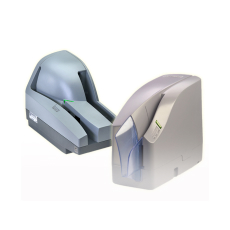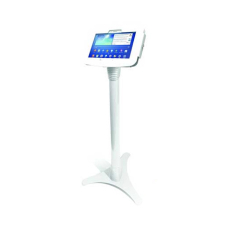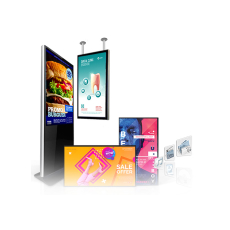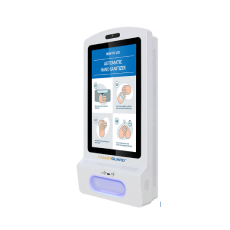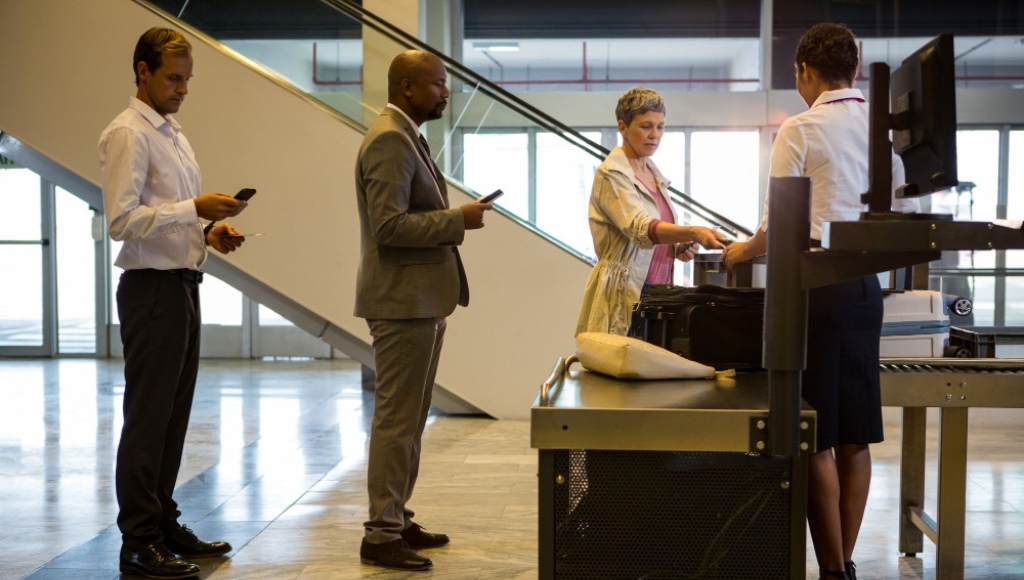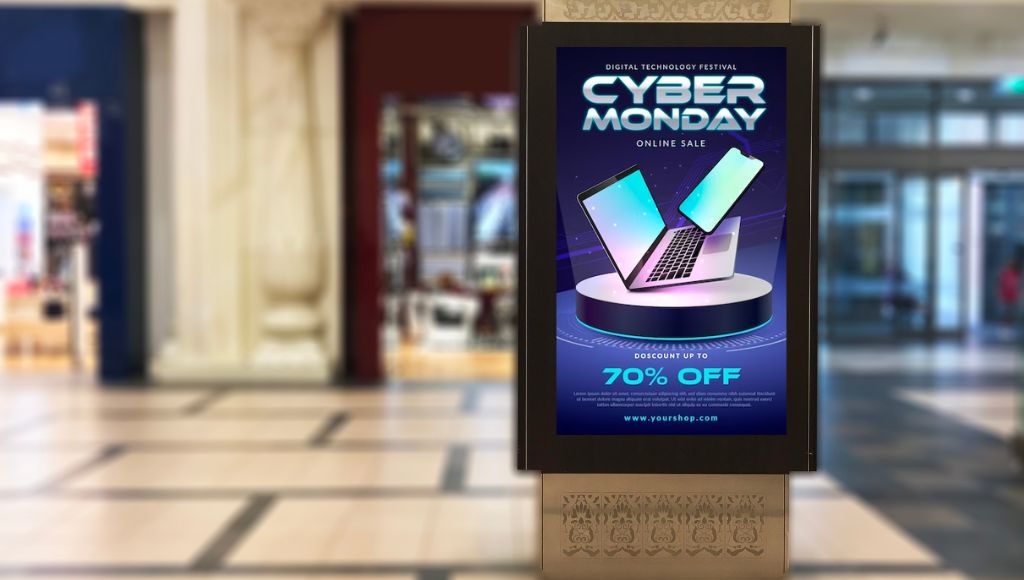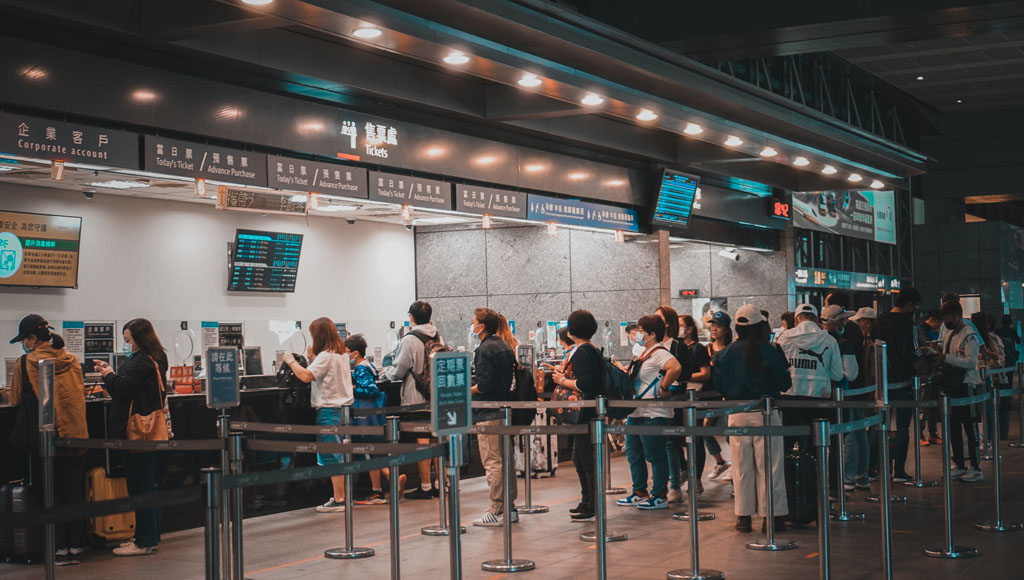
(Photo by Lisanto 李奕良 on Unsplash)
Recently, virtual queue has grabbed the attention of many business leaders. In this digital era, it is beyond a doubt that virtual queuing is a more preferred way to queue instead of the conventional physical waiting line. As its popularity arise, more and more business leaders look into it and try to decide whether they should shift to virtual queuing.
Switching to a virtual queue system will jump-start your business’ digital transformation; that is a fact. However, there are things you should pay attention to before shifting to a virtual queue , which of course, require further research and efforts on your part. Many wonder whether the efforts of adjusting to virtual queue solution will be worth the benefits it offers. The answer to that question would be yes.
Regardless of which business sector you are in, you will find virtual queue is very rewarding for your business. This is because the virtual queuing system supports various industries. Surely, some industries will gain more benefits than the others, provided the fact that there are businesses that are bound to have more and longer queues than the others. You may wonder, which industries will gain the most benefits from virtual queuing? Is your business one of them? To feed your curiosity, we have gathered information on the top 5 industries that can really make the most of a virtual queue system.
Read also: Virtual Queuing System: A Must-Have Technology for Small Businesses
1. Hospitals and Healthcare Facilities
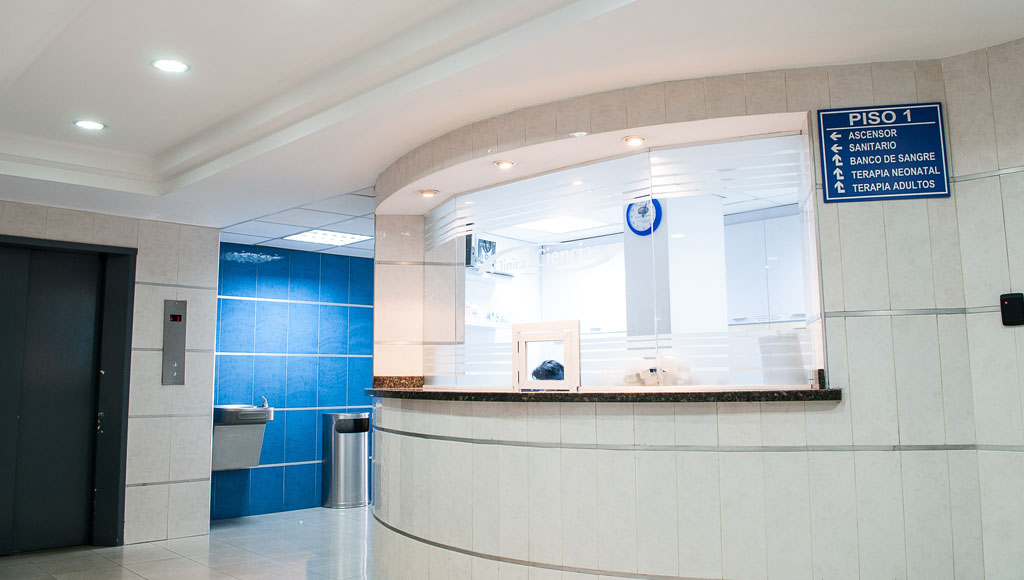
(Photo by Martha Dominguez de Gouveia on Unsplash)
It should be no surprise that hospitals and healthcare facilities make it to the very top of the list. Even before the pandemic started, it is common knowledge that hospitals and healthcare facilities are always packed with so many people who seek treatments and medications, which automatically means long waiting lines. In many cases, this often becomes a problem. It can be quite overwhelming to manage a long, endless queue; let alone multiple ones. This is where virtual queue comes in. For hospitals and healthcare facilities, specifically, here is how virtual queue can help:
– Enable staff to call and transfer patients from one service or touchpoint to the next without much hassle (For example, from patient registration to admittance, then bloodwork, then imaging, etc.)
– Enable staff, nurses, and doctors to easily access patients’ information (For example, the patient’s name, age, gender, blood pressure, medical history, which doctor they would like to treat them, etc.)
– Enable patients to have information on the doctors’ schedule, how many patients are ahead of them, the approximate waiting time, and so many more.
– Enable patients to wait and monitor their service turns from anywhere, be it at the waiting area, cafeteria, or even in the comfort of their own car to avoid crowd.
– Enable patients to make doctor appointments ahead of time (if the virtual queue system comes with an online appointment booking system.)
Read also: 5 Approaches Businesses Should Take to Get Real Insights from Customer Feedback
2. Banks and Financial Institutions

(Photo by Stephen Phillips on Unsplash)
Banks and financial institutions are as crowded as hospitals and healthcare facilities, promising a long waiting time for customers. Furthermore, banking customers want to feel valued. So, why don’t you use virtual queuing as a tool to capture what brings them to the bank? That way, you can:
– Give customers the flexibility to access your services, either physically with ticketing kiosk or through the digital space with virtual queue.
– Give customers a more digital experience that the physical queue cannot provide, such as providing electronic form to customers and allowing them to fill it prior to being served at the counter.
– Group and sort customers (for example, putting priority or VIP customers in a different queue than regular customers.)
– Match customers with the most suitable agent to serve and help their specific needs.
Read also: 3 Solutions to Give Your Customers a Fully Contactless Experience
3. Government Institutions

(Photo by Scott Graham on Unsplash)
Queues at the government institutions can be quite overwhelming both for the visitors and the staff, even more so than queues in the hospitals or banks. This is because there are usually so many steps and procedures to follow and so many touchpoints to attend at the government institutions. Hence, waiting in multiple queues is unavoidable and it can be really frustrating and time-wasting. Virtual queuing can be the solution to this issue. These are the advantages of a virtual queuing system for government institutions:
– Just like banks that require some form-filling to do, government institutions could utilise electronic form provided by the virtual queue system and enable visitors to fill it prior to being served at the counter.
– Seamless transfer from one touchpoint to the next.
– Give customers information on how many people are ahead of them, the approximate waiting time, etc.
– Enable customers to wait and monitor their service turns from anywhere to maintain physical distancing with others.
– Enhance staff efficiency.
Read also: Positive Customer Experience is Every Business’ Best Friend
4. Restaurants

(Photo by Rod Long on Unsplash)
Quite different from the previously-mentioned three industries, restaurants are not always full of people. However, restaurants do have what is called “rush hour”, which means hungry, impatient customers are lining up to fill their stomachs with scrumptious meals from your restaurant while enjoying the experience before resuming their day.
Queuing, of course, is unavoidable during rush hours; therefore, you should make queuing more pleasant for the customers. With the help from a virtual queue system, it is more than possible to do that. Virtual queuing enables staff to focus more on giving customers a satisfying service and the best-quality food rather than focusing on managing the queue. Here are several other virtual queue’s advantages for restaurants:
– Keep track of guests’ vital information, such as the number of people in their party, their preferred seating area (for example, smoking area or non-smoking area), or any special requests.
– Keep track of the “pattern” of your restaurant, such as the busiest hours, the busiest days in a week or month, the most ordered meals, etc.
– Enhance personalisation as staff can have access to guests’ information, such as guests’ birthdays. Therefore, restaurants can provide them with special discounts or freebies, and offer other personalised benefits or privileges.
Read also: What You Need to Know about Australian Consumer Behaviours during the COVID-19 Pandemic
5. Educational Institutions (Especially Colleges and Universities)

(Photo by Vasily Koloda on Unsplash)
Long queues can be formed at the administration building of educational institutions. Students come to the administration building for various reasons, such as registering for classes, paying tuition, getting a new student ID that has been misplaced, etc. Therefore, educational institutions can really benefit from a virtual queue system. Here is how virtual queuing can help:
– Give staff instant access to student information (For example, which department are they in, whether they are freshmen, sophomores, juniors, or seniors, etc.)
– Enable staff to group, sort, and prioritise students.
– Enable staff to anticipate crowds.
Didn’t find your business in the list above? Do not worry! A virtual queue system is applicable to most business sectors and you will not regret switching to it.
If you consider implementing a virtual queue system, you should take a look at SMARTQUEUE®, a virtual queue solution that encourages business growth. For more information about SMARTQUEUE®, click here or contact us.
